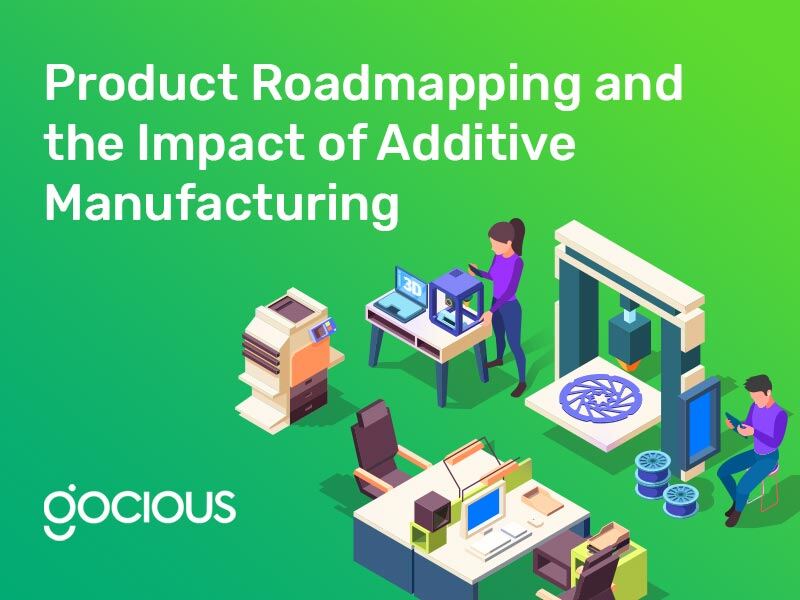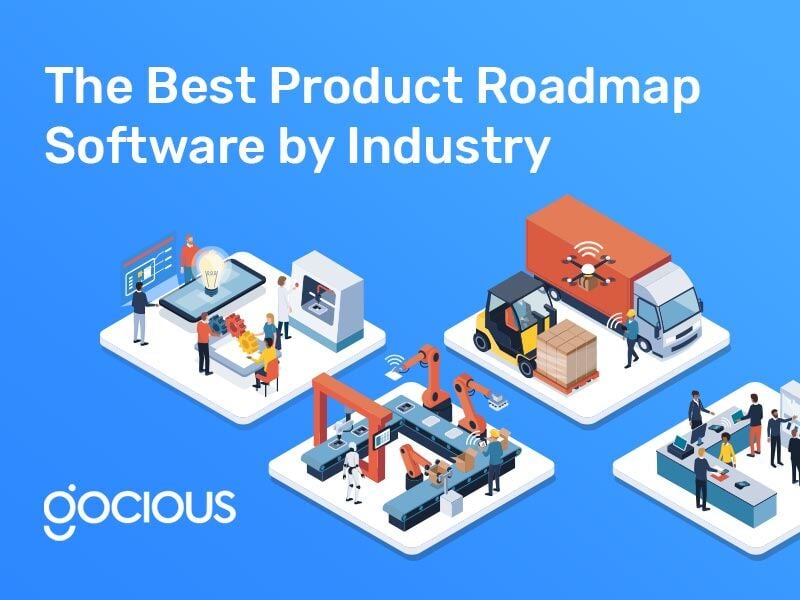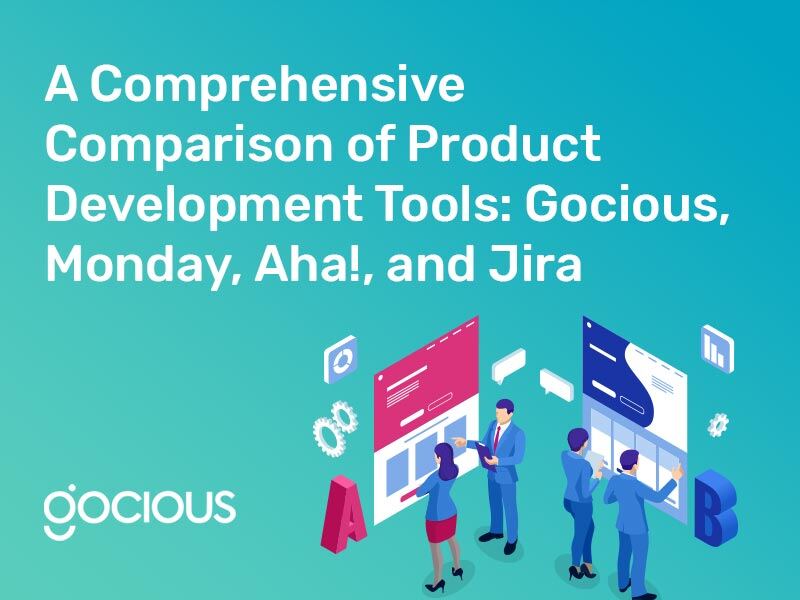
Subscribe to our blog
Ready to improve your roadmapping process?
Curious about how Gocious can help your manufacturing team transform its Product Lifecycle Management strategy? Let’s schedule a call to explore!
Product Management Articles
Maziar Adl

Recent Posts
How Platform Organizations Can Use Gocious to Strengthen Product Lifecycle Management
Platform organizations face specific challenges in managing their product lifecycle (PLM). These organizations, which rely on interconnected ecosystems of products, services, and stakeholders, must balance innovation with the need for solid returns on investment (ROI). Successful PLM is crucial to achieving this balance, but it can be complex for many organizations.
New Product Introductions (NPIs): How to Accelerate Time-to-Market with Dynamic Roadmaps
The ability to introduce new products and introduce them to the market quickly creates a significant competitive advantage. However, accelerating time-to-market requires more than just speed; it demands precision, clarity, and the ability to adapt to changing circumstances. Dynamic product roadmaps are a powerful tool for achieving these goals, enabling product teams to streamline their processes, prioritize effectively, and maintain transparency throughout the product development cycle.
Innovations in Product Development in the Manufacturing Sector
The manufacturing industry has long been a source of innovation in product development, from the Industrial Revolution to the latest advances in 3D Printing and the Internet of Things. With the nature of human creativity and the drive for continuous improvement, the industry will continue to experience revolutionary change driven by cutting-edge innovations in product development.
Product Roadmapping and the Impact of Additive Manufacturing
Technology and methodologies may evolve, but one aspect of product development doesn’t change and that is the drive to build amazing products that change consumers lives. How companies get from the idea stage to putting their product in the lives of their customers is subject to constant change.
The Best Roadmapping Tool for Platform Organizations
With platform organizations, having a clear and cohesive strategy is paramount for success. Navigating complex product configurations, aligning cross-functional teams, and maintaining transparency across diverse stakeholders can be challenging. This is where roadmapping software for complex products come into play.
The Best Product Roadmap Software by Industry
Clear and effective product roadmaps are crucial for success across all industries, especially in highly competitive markets. Whether you are developing software, manufacturing physical goods, or creating cyber-physical products, choosing the right roadmap software can streamline your processes, enhance collaboration, and ensure that your strategic vision is effectively communicated and executed.
From Ideation to Execution: Five Agile Practices for Rapid Development in Manufacturing
It doesn’t matter what industry you look at; manufacturing companies face constant pressure to innovate, improve efficiency, and deliver high-quality products quickly. Adopting agile practices can significantly enhance a company’s ability to respond to these demands and make the process from idea to product launch more efficient. However, it’s not as simple as following a playbook for product development.
Managing Scope Creep and Change Requests in Agile Product Roadmaps
Even the best-defined product plans are at risk of a landslide of suggested additions or changes to the scope. When you have a group of talented, innovative designers, engineers, and customer-focused teams involved, brilliant ideas happen at all times. In some cases, a requested change to the product due to a new idea can be the key to that product’s success, while at other times, these suggestions creep in to alter the scope and distract from the true goal.
The Challenges of Designing for Diverse Markets: How Dynamic Roadmaps Provide Solutions
Developing products for global markets can be challenging and requires companies to navigate various demands, regulations, and market dynamics. Companies that want to maintain a cohesive brand while finding success in different regions must conduct extensive research to understand diverse consumer behaviors, preferences, and cultural nuances. Companies focused on success will research and test with new demographics before launching a new product model. Those same companies will thoroughly study and test their products in a new region to ensure there is a customer base with a demand for their products before launching.
Improving Organizational Alignment with Dynamic Roadmapping Software
When professional athletes set performance goals, everyone supporting them knows what those goals are, from their trainer to their head coach to their physiotherapist to their nutritionist. For the athlete to succeed, they need to keep everyone around them in alignment with their vision to ensure they stay on track to achieve their goals. One could say the same thing about product development. When executives set goals for their company, each product line and the stakeholders tied to those products must be aware of those goals to ensure the company achieves them.
Agile at Scale: The Challenges of Navigating Complex Product Roadmaps in Manufacturing
In modern manufacturing, swiftly adapting to market demands, technological advancements, and regulatory changes is vital to success. Creating and following Agile methodologies and strategies helps manufacturers enhance flexibility and responsiveness in their products. However, implementing Agile at scale often presents unique challenges, particularly when navigating complex product roadmaps. In this article, we explore these challenges and offer insights on how to overcome them.
A Comprehensive Comparison of Product Development Tools: Gocious, Monday, Aha!, and Jira
Powerful software tools such as product roadmap management software are essential for successful product manufacturing. How else can you manage communication and resources, connect remote teams, and complete projects on time without them? While some business tools appear to be a catch-all solution for everything in your business, selecting the right tools for your needs is important. When comparing different tools, it's important to consider various factors to ensure that you select the one that best fits your team's needs and workflow.













